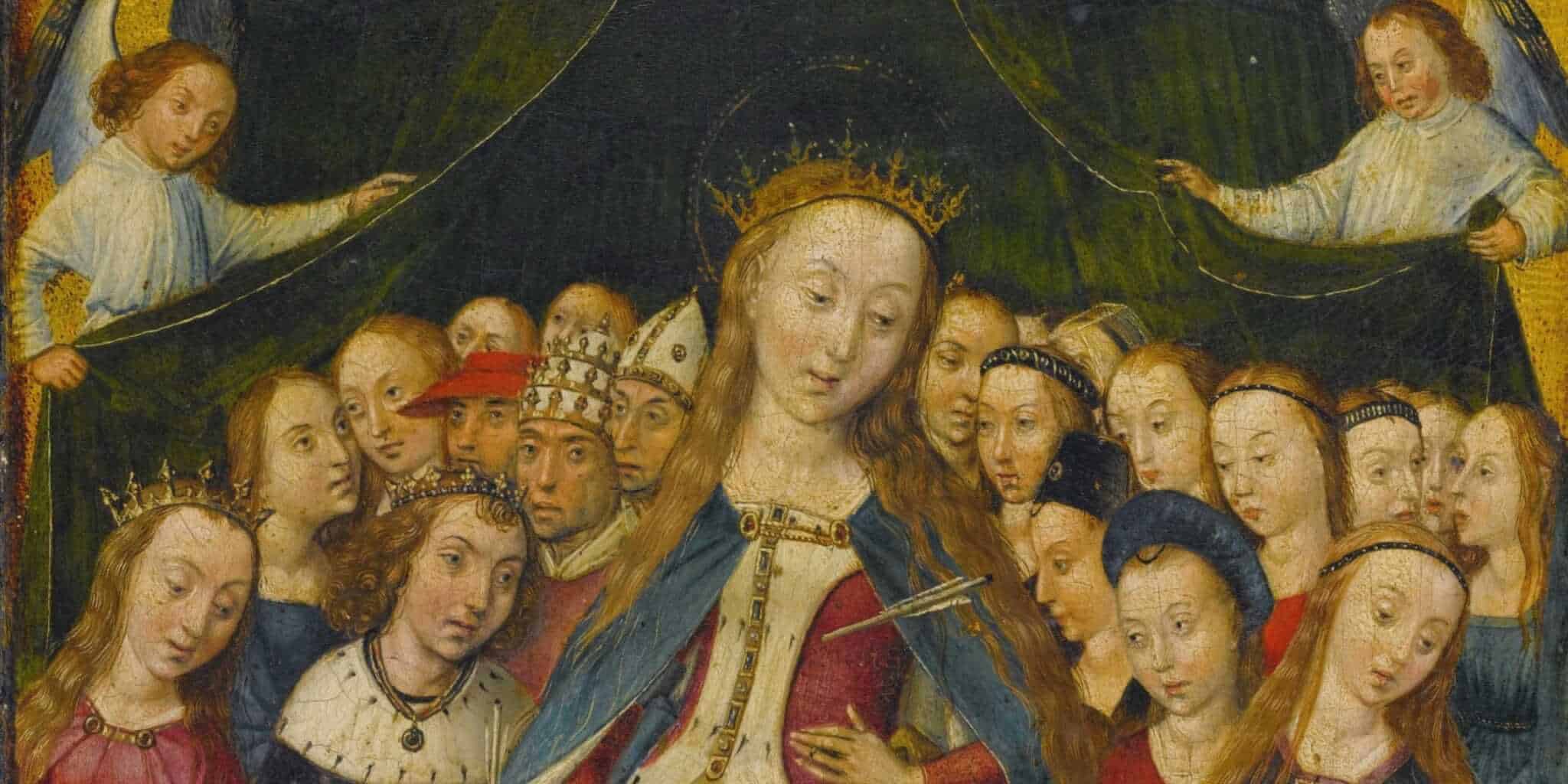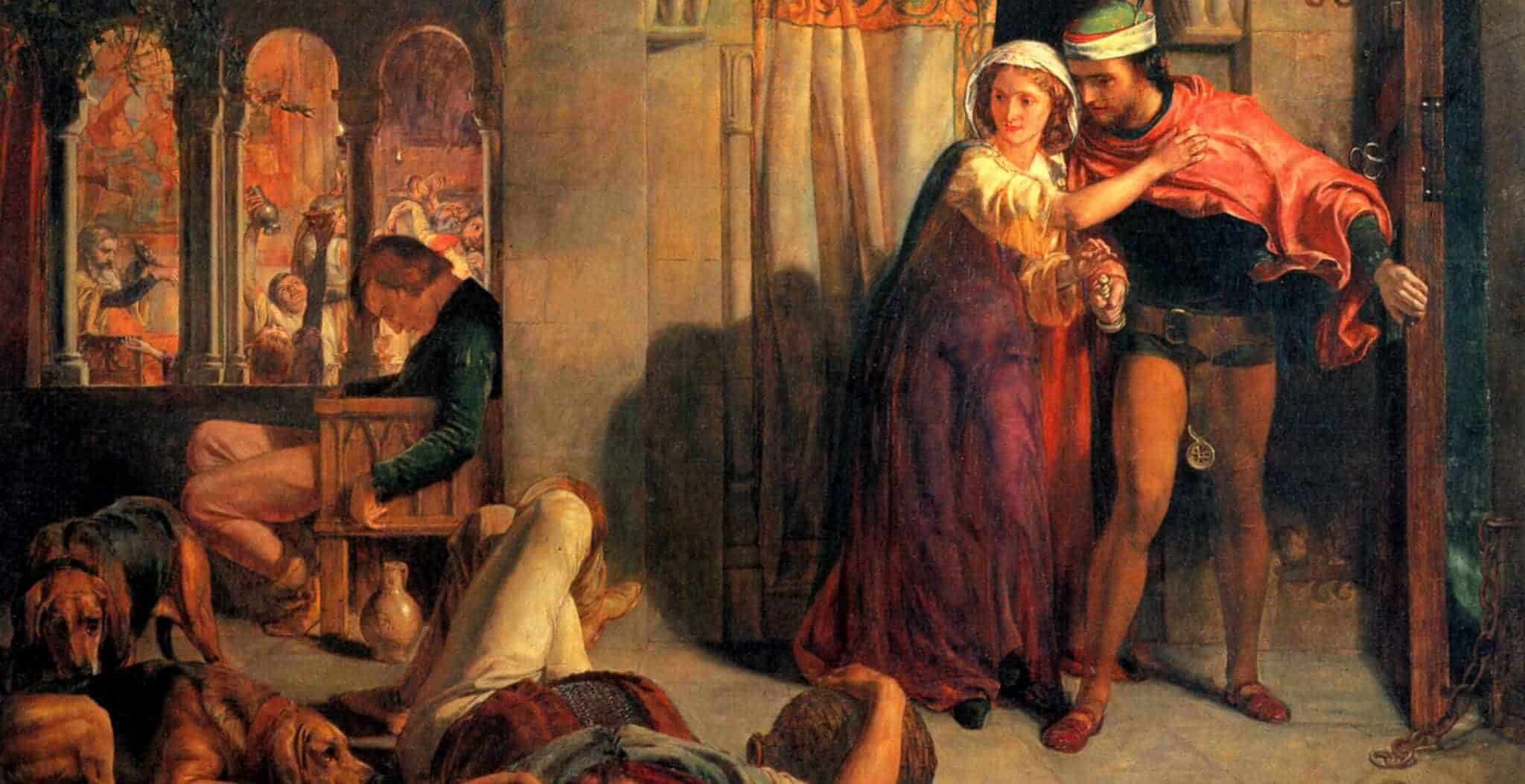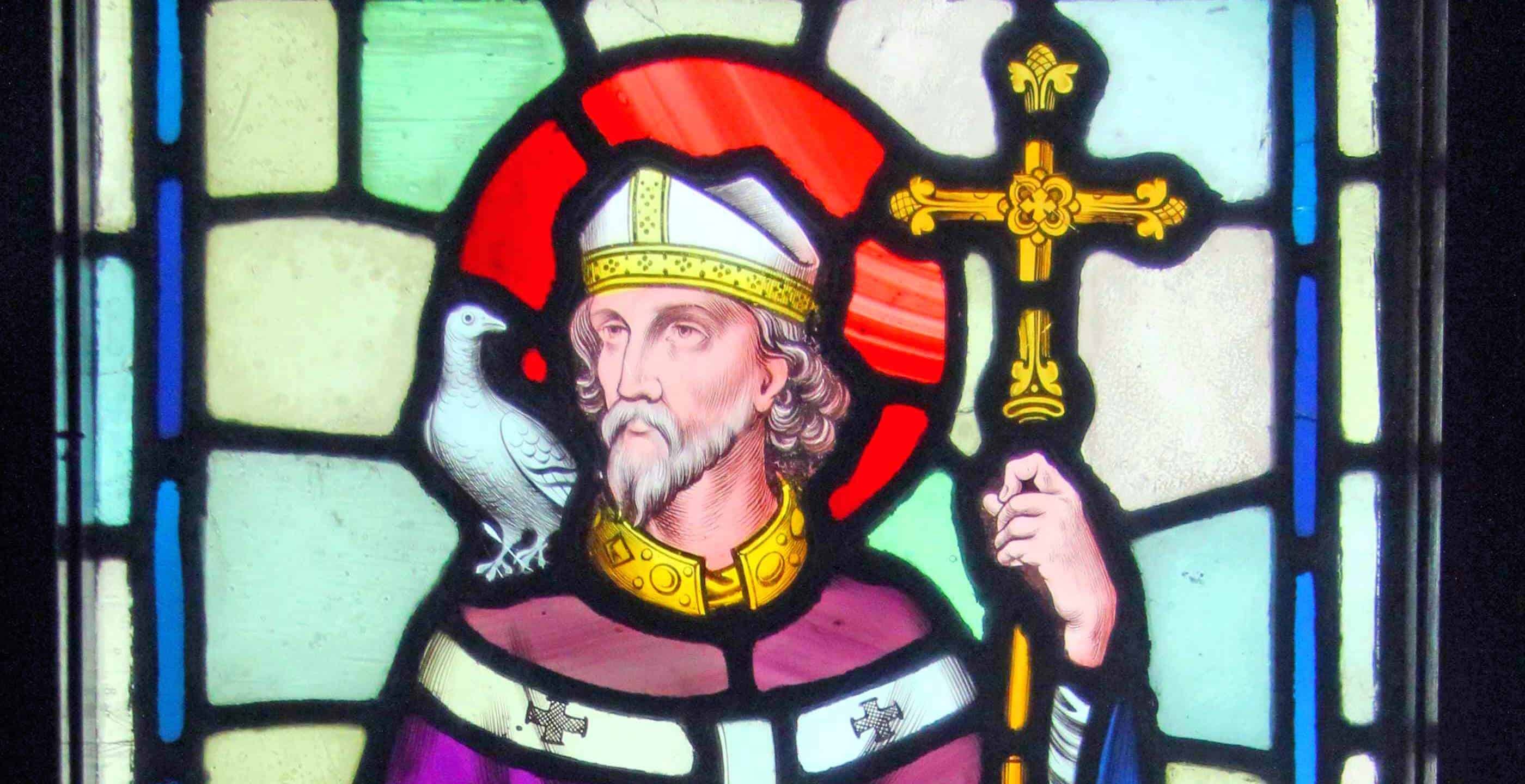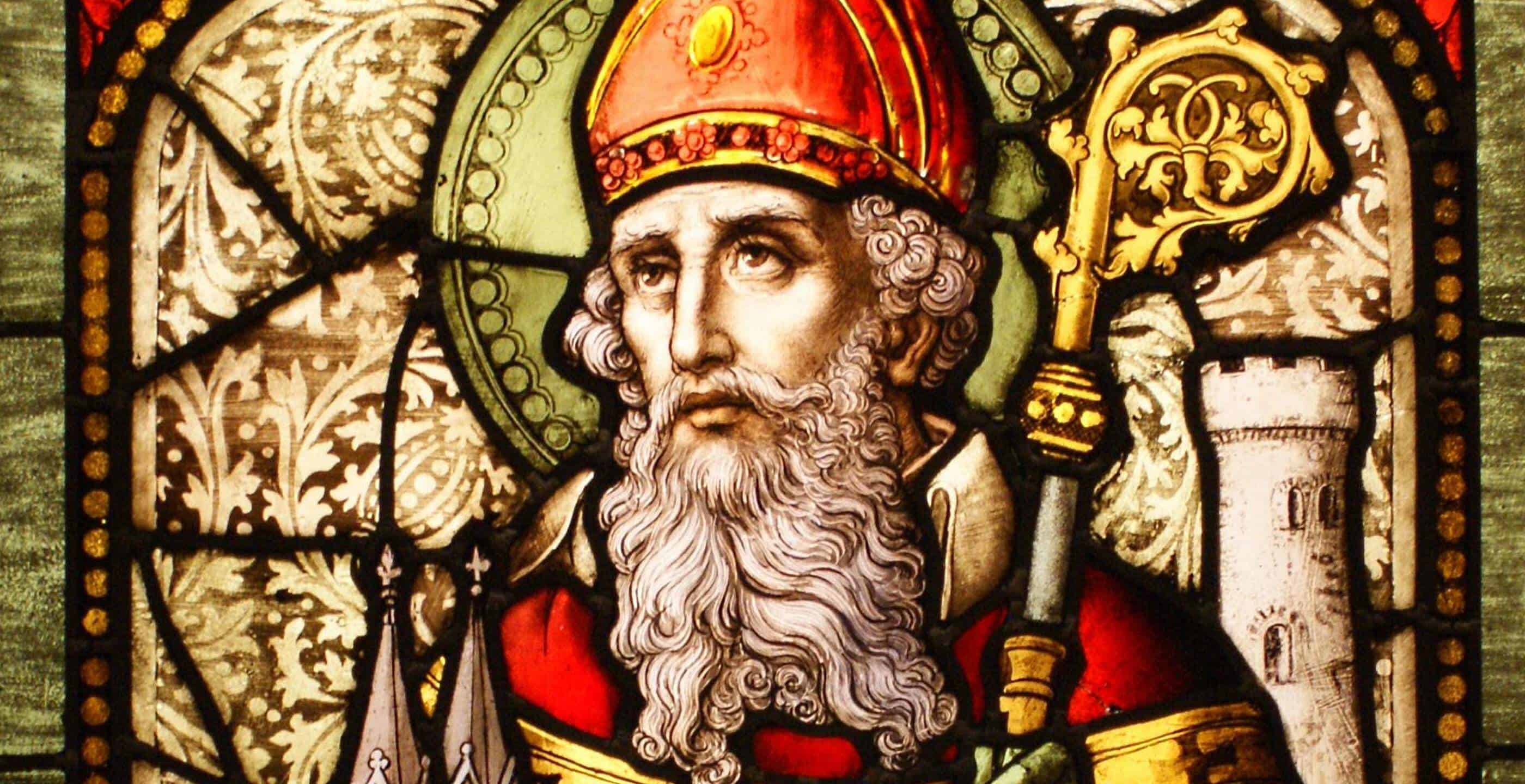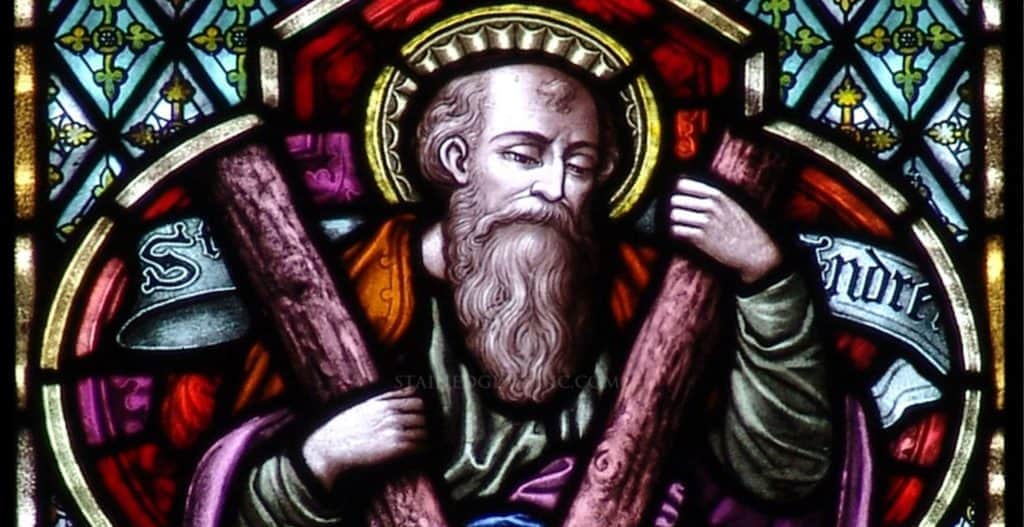The legend of the martyred Saint Ursula and her 11,000 followers has kept a global audience intrigued for centuries. But who was Ursula? And did she ever really exist at all?
Historians have attributed Ursula to various periods between 300 – 600AD, although it is generally agreed that Ursula was of Romano-British descent and that prior to her untimely demise she was betrothed to a man of high rank and was travelling to be united with her intended.
Unfortunately Ursula and her travel companions – said to be anywhere between 11 and 11,000 virgin maidens – found themselves in the city of Cologne in Germany, where they were cruelly massacred for refusing to copulate with or marry the invading Huns, a nomadic race from Central Asia who conquered much of Europe in the fourth century.
Whilst some historians have argued that Ursula was completing a holy pilgrimage through Europe to Rome before her marriage, it has also been said that the ships on which the women were travelling were caught in a storm and shipwrecked far from their intended destination. The survivors were subsequently taken prisoner and savagely beheaded, whilst Ursula their leader was said to have been shot by an arrow by the leader of the Huns.
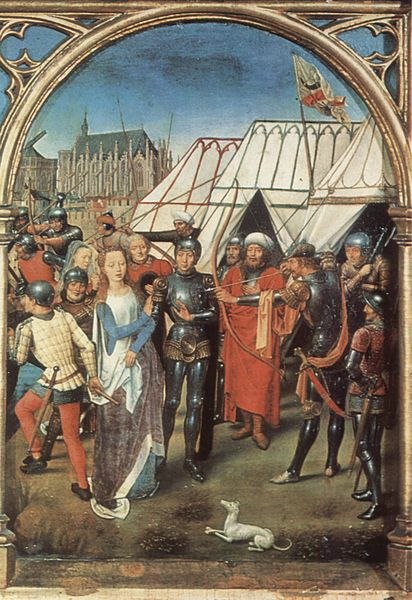
One of the most popular legends tells of Ursula being a princess and daughter of King Dionotus, ruler of Dumnoia, the region we know today as Dorset, Devon and Somerset. It is said that Dionotus received a request to supply wives for the settlers of the newly founded region of Armorica (today known as Brittany) from Conan Meriadoc, Armorica’s ruler. Dionotus dutifully sent Ursula as bride to Conan and thousands more maidens for his men, but unfortunately the women were never to arrive.
Basilica of St Ursula
Many of the noted religious historians of the Migration Period and Middle Ages neglect to mention the legend of the martyred virgins, raising doubts about its authenticity. Indeed there were few stories mentioning the legend at all until the ninth century, and even then they often referred to a very small number of martyrs and omitted Ursula’s name as their leader.
However, this omission could also be attributed to the cultural decline and limited historical record keeping in Europe following the retreat of the Roman Empire during the Middle Ages, also known as the “Dark Ages”.
What we do know is that the Roman Senator Clematius built the church of St Ursula in Cologne in memory of the martyrs and their leader, which would later be granted Basilica status by the Pope in 1920. Inscribed on a stone in the choir area of the church are the following words:
DIVINIS FLAMMEIS VISIONIB. FREQVENTER
ADMONIT. ET VIRTVTIS MAGNÆ MAI
IESTATIS MARTYRII CAELESTIVM VIRGIN
IMMINENTIVM EX PARTIB. ORIENTIS
EXSIBITVS PRO VOTO CLEMATIVS V. C. DE
PROPRIO IN LOCO SVO HANC BASILICA
VOTO QVOD DEBEBAT A FVNDAMENTIS
RESTITVIT SI QVIS AVTEM SVPER TANTAM
MAIIESTATEM HVIIVS BASILICÆ VBI SANC
TAE VIRGINES PRO NOMINE. XPI. SAN
GVINEM SVVM FVDERVNT CORPVS ALICVIIVS
DEPOSVERIT EXCEPTIS VIRCINIB. SCIAT SE
SEMPITERNIS TARTARI IGNIB. PVNIENDVM
The inscription, dating from the 4th or 5th century AD, indicates that the church was built by Clematius on the site of a former holy memorial or indeed the very site of the Roman cemetery which housed the bones of St Ursula and the 11,000 virgins, a number of which are still enshrined in the Basilica today.
However, it is suggested that the number of martyrs may not be as extensive as was concluded in the ninth century and could be the result of an error in translation rather than mass murder. One theory is that there was only one martyr, named Undecimilla, which was incorrectly translated as undicimila, or 11,000, in Latin. Another theory from an eighth century historian is that amongst the martyrs was an 11 year old girl called Ursula and her age, undecimilia, was where the error came from.
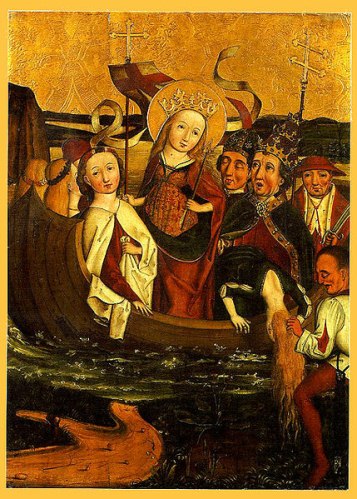
Indeed the relics of the martyrs themselves have been called into question, with the twelfth century discovery that some of the skeletons belonged to babies and small children and some were even alleged to belong to large dogs rather than humans!
These conflicting accounts and the lack of solid proof surrounding the supposed martyrdom of Ursula and the 11,000 virgins meant that they were omitted from the Catholic Calendar of Saints when it was revised in 1969.
However, the feast day of Saint Ursula is still recognised worldwide as 21 October and the martyrs have been commemorated via Christopher Columbus’ Virgin Islands and the Cape Virgenes at the south eastern tip of Argentina.
Even the city of London has its own supposed memorial. The street called St Mary Axe, where ‘the Gherkin’ can now be found, is said to be named for an old church built in honour of St Mary the Virgin, St Ursula and the 11,000 Virgins. In the early sixteenth century a rumour circulated that one of the axes used by the murderous Huns was kept in the church.
Whether or not Ursula did indeed exist, she has captivated the world for centuries.
Published: November 15th, 2016.
